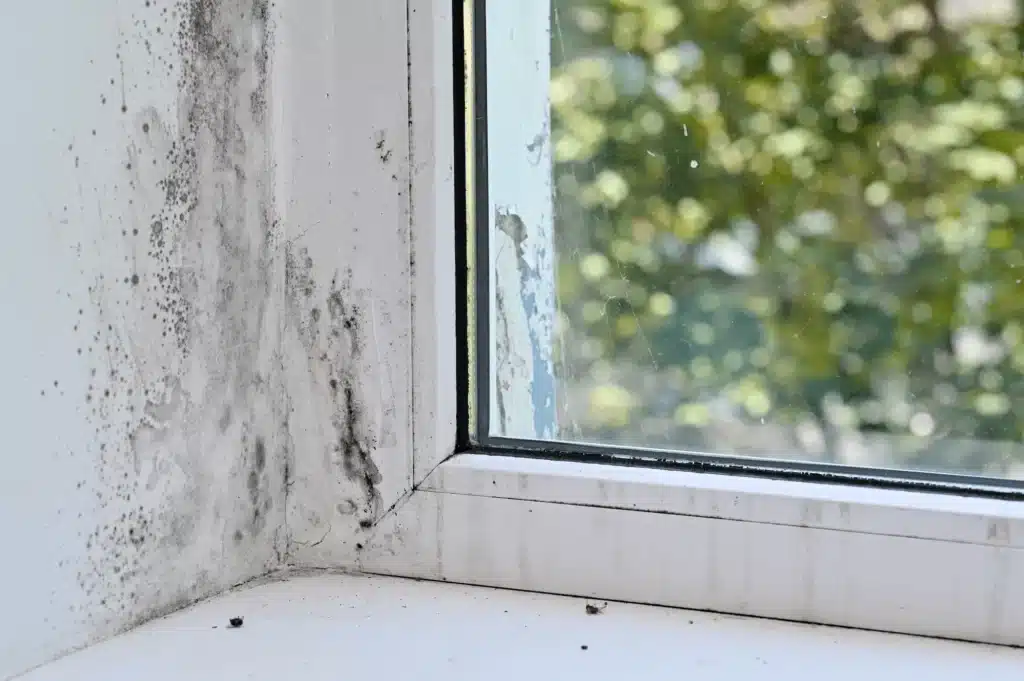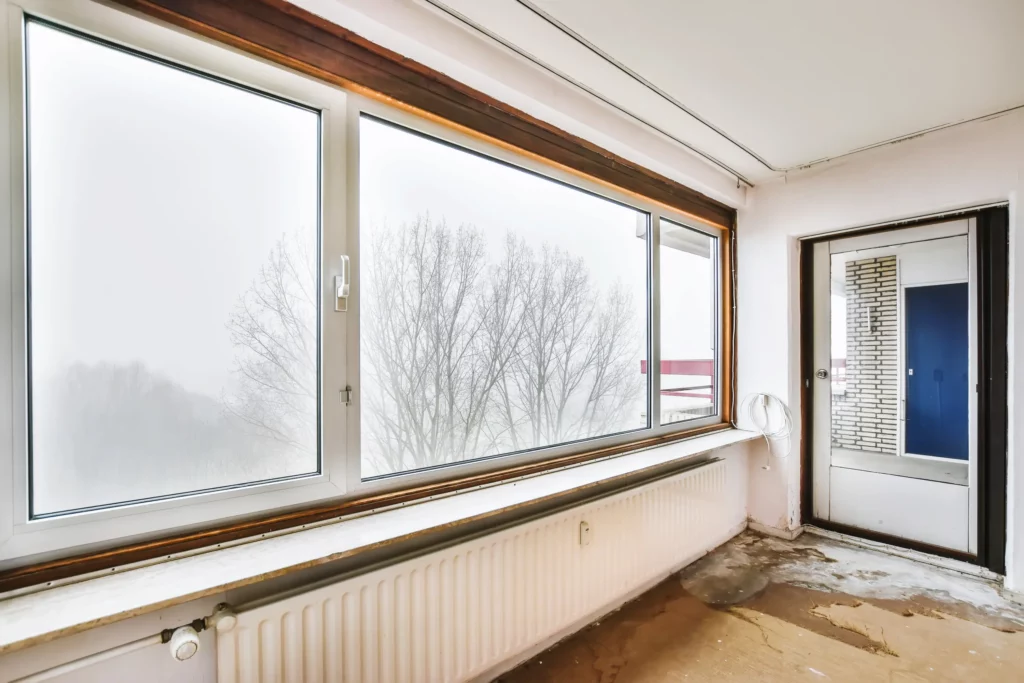
The environment in which we spend our working hours is crucial for our well-being and productivity. Modern workplaces can be home to various chemical contaminants from sources such as cleaning products, construction materials, electronic equipment, and even daily activities of employees. The prudent management of these contaminants is essential to preserve the health and well-being of workers. In this in-depth article, we will explore in detail some common chemical contaminants in workplaces and discuss concrete measures that can be taken to manage them optimally.
1. Formaldehyde
Formaldehyde, a widely used chemical compound in the manufacturing of products such as adhesives, resins, coatings, and construction materials, can be found in furniture, carpets, flooring, and even indoor air. Prolonged exposure to high levels of formaldehyde can lead to eye, nose, and throat irritations, headaches, respiratory problems, and in some cases, allergic reactions. Managing formaldehyde in workplaces requires not only adopting low-formaldehyde construction materials and furniture but also maintaining adequate ventilation to improve indoor air quality.
2. Volatile Organic Compounds (VOCs)
Volatile Organic Compounds (VOCs) are chemicals that easily evaporate at room temperature. They are frequently found in products such as paints, solvents, inks, and cleaning products. Exposure to high levels of VOCs can result in eye, nose, and throat irritations, headaches, nausea, and respiratory problems. To effectively manage VOCs in workplaces, it is recommended to use low-VOC products, promote good ventilation, and implement chemical management strategies to reduce their use and emissions.
3. Fine Particles
Fine particles, also known as PM2.5, are small particles present in ambient air. They can come from outdoor sources such as air pollution, as well as indoor sources like cigarette smoke, kitchen equipment, and air conditioning systems. Inhaling fine particles can lead to respiratory problems, cardiovascular diseases, and long-term health impacts. To effectively manage fine particles in workplaces, it is imperative to maintain effective air filtration systems, regularly clean surfaces to remove particles, and limit indoor pollution sources.
4. Asbestos
Asbestos, a material widely used in construction before the 1980s due to its heat resistance, fire resistance, and acoustic insulation, can cause serious illnesses such as lung cancer and mesothelioma. Proper management of asbestos in workplaces involves risk assessments, implementation of appropriate prevention measures, and the involvement of specialized professionals for removal work if necessary.
5. Heavy Metals
Heavy metals such as lead, mercury, and cadmium can be present in workplaces due to various sources such as electronic equipment, paints, batteries, and lighting fixtures. Exposure to high levels of heavy metals can have toxic effects on health, particularly on the nervous system, reproductive system, and internal organs. It is essential to implement preventive measures to limit the risks of exposure to heavy metals, such as replacing equipment containing these metals and appropriately treating hazardous waste.
Today’s workplaces face a multitude of chemical contaminants, each presenting specific challenges to workers’ health. It is the responsibility of employers and safety officials in companies to implement rigorous measures to effectively manage these contaminants and ensure a healthy working environment. This includes prudent choices in materials and products, optimal ventilation, employee awareness of risks, and the adoption of appropriate chemical management practices.
By proactively integrating these measures, we can shape safer, healthier, and more conducive workplaces for everyone. If you aim to improve air quality and chemical safety in your workplace, feel free to contact us now to discover how we can assist you in the effective management of common chemical contaminants and create a safe and healthy working environment.






About The Author: Web
More posts by web